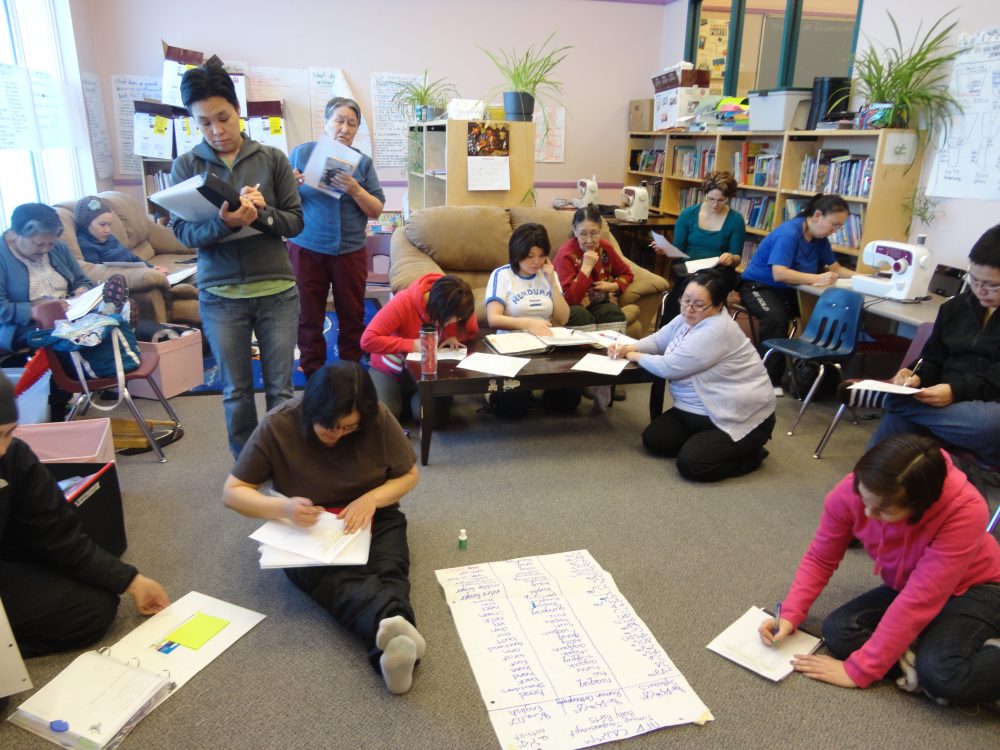Download the Self-Assessment Tool and
complete it manually
This self-assessment tool can be used by anyone involved with the development or delivery of an Essential Skills initiative for Indigenous people. The Self-Assessment Tool uses the evidence-based 12 Markers of Promising Practice identified by FIMESIP with a series of descriptive indicators for each Marker. The information gathered through the assessment process can be used to promote your promising practices, refine and strengthen your existing ES projects, and guide the development of future ES projects.
Download the Self-Assessment Tool Promising Practices Self-Assessment ToolComplete the Self-Assessment Tool online
Get your results instantly using the online Self-Assessment Tool. Your results are completely confidential. They are not collected or saved on the website. You are the only one who will see them.
Start the Self-AssessmentDownload the User Guide to learn how to use the Self-Assessment Tool
The User Guide will help you through the self assessment process and with using your results effectively.
Download the User Guide User Guide to the Promising Practices Self-Assessment ToolThe 12 Markers of Promising Practice
- 1. First Nations, Inuit, and Métis control and ownership of their own education and training initiatives
- 2. Partnerships
- 3. Working with and in the Community
- 4. Learner-Centered Approach
- 5. Holistic Approach to Essential Skills Program Delivery
- 6. Experienced and Knowledgeable Staff
- 7. Principles of Adult and Indigenous Learning
- 8. Culture, Language, and Traditions
- 9. Employer Involvement and Direct Workplace Experience
- 10. On-going Communication
- 11. Established Evaluation Criteria and Methods
- 12. Promotes the Business Case
